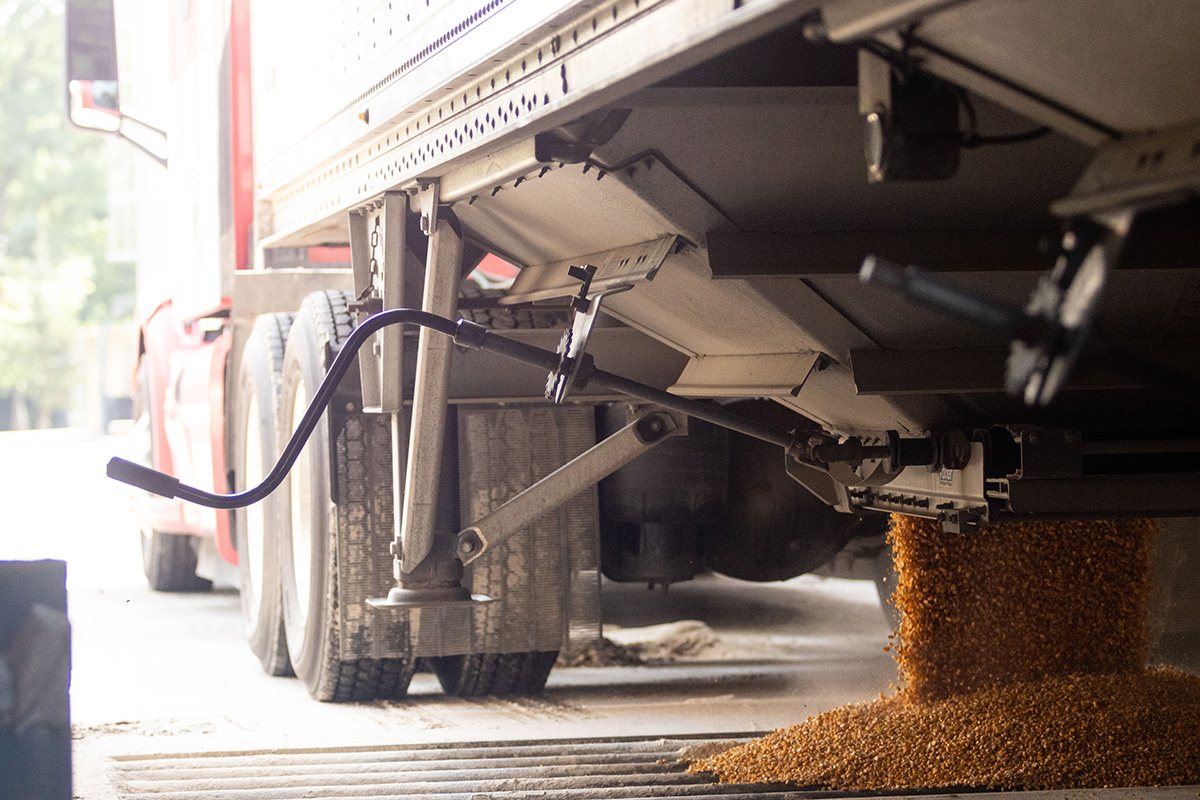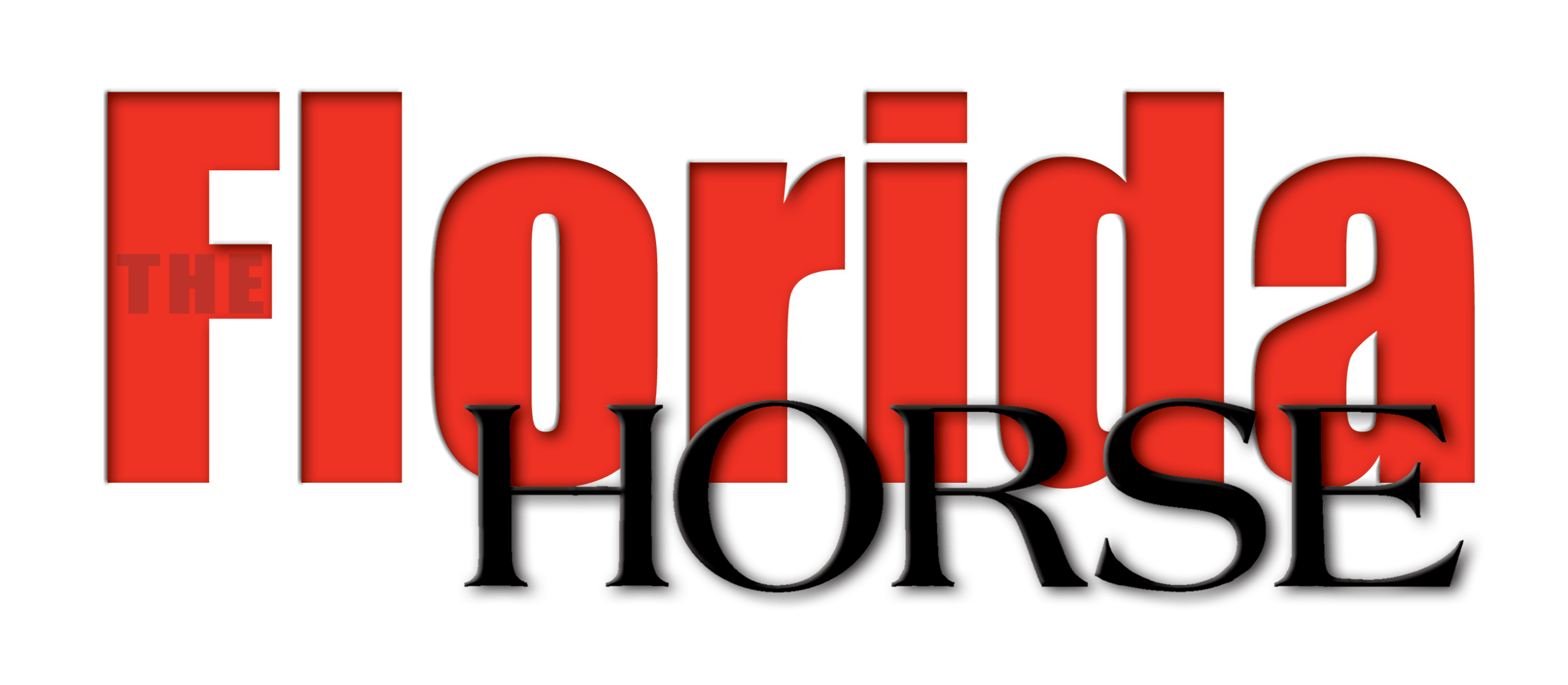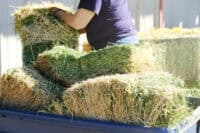by Glenye Cain Oakford
V
isit your local feed store and you—or your horses—won’t be starved for choice. The U.S. equine feed market, estimated at almost $9 billion last year and projected to expand further, offers a wide range of brands and formulations, including many specialty feeds tailored to support horses at any stage of their careers and lives.
That’s given horsemen more options than ever for selecting feeds and suppliers. It’s also made them highly selective as they look for the best feed for their animals. That’s prompted some feed producers to highlight two particular attributes that aren’t related to grain blends or fat content, but to what isn’t in their feed: medications or traces of other species’ feed ingredients.
It’s surprisingly difficult to pin down any hard statistics about whether the market share for “medication-free, equine-only” feed mills has risen significantly in the last five years or so. But a spate of high-profile feed contamination incidents have raised horsemen’s awareness of their feed-choice options. In recent years, feed-related positive drug tests for banned substances like zilpaterol in California and France and ractopamine in Florida brought the reputational and disqualification risks into sharp focus, in both the Thoroughbred and sport horse communities. Worse, some cases have proven lethal: last August, feed contaminated with the bovine antibiotic monensin killed almost 70 horses at Beutler and Son Rodeo Company in Okla. A similar case in Davie, Fla., killed at least a dozen horses in 2015 who ingested monensin and lasalocid, both intended to promote growth in cattle but toxic to horses. In that case, a Florida Department of Agriculture and Consumer Services investigation found that the feed mill did not perform a crucial clear-out procedure when switching from mixing medicated cattle feed on one day to mixing unmedicated horse feed the next.
“When you sell the caliber of horses through our [Ocala Breeders’ Sales] company that we do, and even the lowest-priced individual horse, they all mean something to somebody,” said Ty Springer, general manager of Ocala Breeders’ Feed and Supply, which sells feeds from a variety of brands for a range of species, but only manufactures horse feed. “So to have to tell them you’re sorry that something happened to their horse—you just can’t take those chances. There are safe manufacturing procedures like clear-outs, but a little kernel of something bad could hang up in an auger somewhere and then come on down even after you’ve flushed, and it can get in the wrong feed. And can humans make a mistake and hit the wrong button? Can they read a bin wrong? Yes, they can. We don’t want to play Russian roulette, so we have no medication in our feed plants, and we’re horse feed only.”
Equine-only, medication-free feed production also makes a good selling point for customers who are increasingly aware of equine nutrition and feed quality. Some feeds from equine-only, medication-free producers are marketed as premium, with higher prices than feeds from multi-species mills. But protecting feed from contaminants—whether due to cross-species ingredients or from the more general hazards, like mold or fungus, that worry all feed manufacturers—is a lot more than a marketing slogan, those producers say.
“It’s not just being an equine-only feed mill,” explained Anthony Koch, director of sales and marketing at Hallway Feeds, based in Lexington, Ky. “I can produce nothing but horse feed, but that could still throw off just as many contaminated products if I don’t safeguard my supply chain. So you can’t just be an equine-only feed mill and say that’s good enough. That’s just where you start.”
That can mean steps like using single-source suppliers to ensure safety and traceability and being meticulous about the drivers and trucks that bring in molasses, corn and other ingredients.
“We ask a lot of questions from the drivers that are delivering ingredients,” Koch said. “One, what do you haul? How did you last clean your truck out? If the trucks aren’t at least washed out before they come in, we don’t accept the loads. They can’t just be swept out; they have to be washed out. And we ask, ‘What did you haul before that?’ If they hauled anything harmful to a horse or anything that’s just not equine feed-related, we’ll reject the load. So if they haul, say, fertilizer or coal, then washed it out and picked up a load of oats, we’re going to reject that load.
“Drivers have to bring the washout ticket so it’s certified,” he added. “We can tell where they had it done, and it’s time and date stamped.”
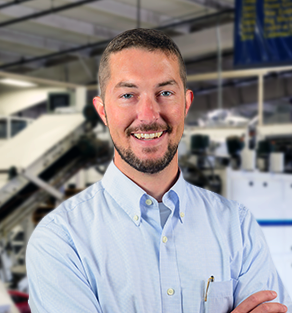
Anthony Koch – Courtesy Hallway Feeds
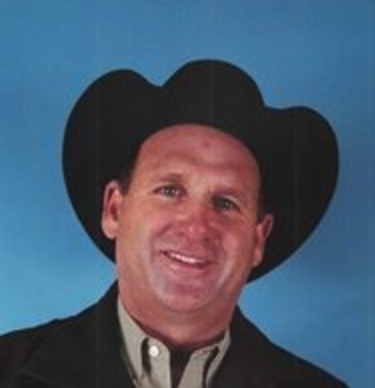
Ty Springer, OBS Quality Feeds – Courtesy OBS
At OBFS, Springer says technology and automation have improved safety in feed manufacturing by allowing more consistent and exact mixing, closer monitoring of the production with sensors, and fewer chances for human error. “The robot shows up every morning, and it’s never had a rough night,” Springer said.
In one case, OBFS’s new monitoring technology alerted staff to a problem by detecting an unusual uptick in the electric current’s strength in one part of the manufacturing system. “We found a plastic bucket had gotten loose and gotten to the turn head,” said Springer. “It was blocking everything and making that motor rev up. So we shut down that system and cleaned it out.
“Not all feed flows the same coming off an auger—some will pile up, and some will flow. We have a machine that reads the flowability of the bulk coming across and sprays enough molasses on that product accordingly,” he added. “That’s how sensitive the technology has gotten.”
Whether you’re prioritizing price or seeking specialty ingredients, Springer and Koch say it’s good to research and ask questions about the feed brand you’re considering.
“I think trainers absolutely should be asking more questions of their feed suppliers,” Koch said. “Are they making feed for other species? How do the ingredients get there?”
Springer notes that OBFS is happy to show visitors their feed production, which he says is a closed-system process—meaning every step, from ingredient intake to bagging up the final product, takes place in a controlled, and largely automated, environment.
Koch and Springer understandably suggest asking feed producers whether they are equine-only and medication-free before you decide to buy their products. If the company you’re considering produces feeds for other species, ask whether monensin or other potential toxins are ever present there and what protocols they have in place to prevent contamination.
Springer also suggests looking for a Safe Feed/Safe Food certification on feed bags. The voluntary certification program, an American Feed Industry Association initiative, requires producers to undergo an independent on-site audit to review safety and quality systems, traceability, regulatory compliance, and recordkeeping.
There are a number of other questions and purchasing tips that are also worth considering, Koch and Springer say.
ASK HOW THE PRODUCER
Sources Ingredients.
Shorter supply chains can be better, Hallway’s Koch says.
“We literally buy the corn off the farm,” he said. “The farmer that grows it has to clean out his bins every year, top to bottom. Good farmers do that anyway, but it’s a requirement for us.”
Koch said Hallway doesn’t buy from elevators, which aggregate corn or grain from various sources and would give Hallway less quality-control than they get from working with trusted individual farmers.
Springer notes that buying from larger but high-quality, monitored suppliers also can help ensure good, safe ingredients. He recommends asking whether any of the feed company’s suppliers work with medicated products that might introduce residues to the feed. Koch also suggests asking whether a producer has a dedicated packaging plant or mixes and bags feeds in shared, rather than closed, systems.
Koch also says to ask whether any vitamin or mineral additives are sourced from pet food-grade suppliers rather than general livestock suppliers.
GET AN OUTLINE OF
Testing and Documentation Procedures.
Understand how the producer verifies the safety of its incoming ingredients. Do they test for problems like mycotoxins both when the ingredients come in and in the finished product? Record keeping also is important for traceability, so it’s worth asking how they document test results on incoming ingredients and outgoing products; whether they track which lots go to which customers; and whether and how long they retain batch samples. Koch notes that customers should be able to request test results if a concern arises.
ASK ABOUT THE SCIENTIFIC RESEARCH
Behind the Feed Formulations.
A number of feed companies have staff or independent consultant equine nutritionists and technical staff who can advise customers and walk them through the science behind a particular feed. Some companies also are involved in research themselves. If a feed company is unwilling to provide more detail about how and why their feed is formulated the way it is, such as scientific references or information about whomever is formulating their feed, it could be a red flag. Look for a producer who offers support or consultation and is responsive to customer inquiries, Koch says. “If you can’t get hold of somebody with a phone call to your feed’s manufacturer, that makes me nervous,” Koch said. “Having that accessibility should be important to people.”
DON’T ADD SUPPLEMENTS
Without Consultation.
“If you’re buying feed from a reputable feed company, it is highly likely that you do not need to add supplements to your product,” Koch said. “I would say the most successful trainers we work with are minimalists in the feed room.”
Koch noted that supplementing for a specific need, like electrolytes or joint supplements, might be warranted. But adding elements like calcium, he says, is usually unnecessary. Consult the feed company or an equine nutritionist before adding supplements.
The bottom line: with nearly 70 horses lost to contaminated feed in a single incident and careers ended by banned substances, the extra effort to research your feed company’s protocols, verify their certifications, and understand their supply chain isn’t just good horsemanship—it’s risk management.
Blister Beetles: Dangers and Preventions
Food-safety concerns in the barn aren’t limited to bags of concentrate. Florida is home to 26 species of alfalfa-loving blister beetles, who produce cantharidin, a deadly toxin that can kill a horse who ingests it from infested hay.
It’s a year-round risk for Florida equine managers who feed alfalfa. Cantharidin causes blistering throughout a horse’s digestive tract and can lead to kidney and cardiovascular damage. Ingesting even a few beetles can be fatal, and when beetles are crushed during processing, their cantharidin can be potent even in hay that’s been stored for years.
If you can’t eliminate alfalfa from your horses’ diets, there are still ways to reduce their exposure risk.
If you suspect beetle infestation, stop feeding the hay immediately and collect samples of it (and any insect parts) for testing. If you think a horse has been exposed, contact your veterinarian at once. Signs of cantharidin poisoning appear within hours of ingestion and can include pawing, unusual stretching, frequent urination with straining, ulcers in the mouth, colic, and a hiccup-like movement of the diaphragm.
